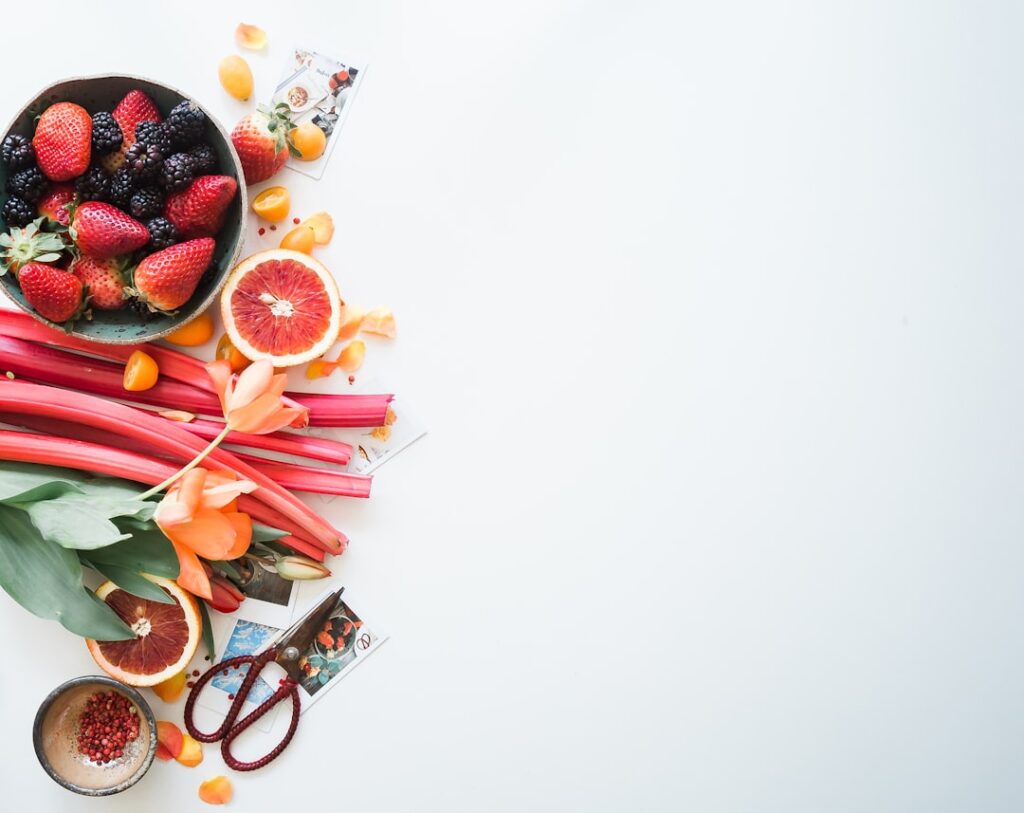Maicena, also known as cornstarch, is a fine, powdery starch derived from the endosperm of the corn kernel. It is commonly used as a thickening agent in cooking and baking, and it is a staple ingredient in many Latin American dishes. Maicena is gluten-free and vegan, making it a versatile option for those with dietary restrictions. It has a neutral flavor and is often used to thicken sauces, soups, and gravies, as well as to create light and airy textures in baked goods. Maicena is a popular ingredient in both savory and sweet dishes, and its versatility makes it a pantry essential for many home cooks.
Maicena is also used in beauty and skincare products for its absorbent properties. It can be used as a natural alternative to talcum powder, helping to absorb excess moisture and oil on the skin. Additionally, maicena can be used in homemade face masks and scrubs to help exfoliate and soften the skin. Its fine texture makes it a gentle exfoliant, and its absorbent properties make it an effective ingredient for controlling oil production. Overall, maicena is a versatile ingredient that has a wide range of uses in both the kitchen and the beauty routine.
Key Takeaways
- Maicena is the Spanish word for cornstarch, a fine white powder made from the endosperm of the corn kernel.
- Maicena is commonly used as a thickening agent in cooking and baking, and can be used to make sauces, soups, and desserts.
- Maicena can also be used in beauty and skincare routines as a natural alternative to talcum powder or as a DIY face mask ingredient.
- Maicena is a popular ingredient in gluten-free and vegan recipes, as it can be used as a substitute for flour in many dishes.
- Maicena is a staple in traditional Latin American dishes such as flan, tres leches cake, and alfajores.
Maicena in Cooking and Baking
Maicena is a versatile ingredient in cooking and baking, commonly used as a thickening agent to create smooth and creamy textures in a variety of dishes. In cooking, maicena is often used to thicken sauces, soups, and gravies. It can also be used to create a light and crispy coating for fried foods, such as chicken or fish. In baking, maicena is used to create tender and delicate textures in cakes, cookies, and pastries. It can also be used to thicken fruit fillings for pies and tarts, creating a luscious and smooth consistency.
In cooking, maicena is often mixed with cold water before being added to hot liquids to prevent clumping. This technique ensures that the maicena is evenly distributed and effectively thickens the dish without creating lumps. In baking, maicena is often combined with flour to create a lighter texture in baked goods. Its fine texture helps to create a smooth batter or dough, resulting in tender and airy finished products. Overall, maicena is a versatile ingredient that plays a crucial role in creating the desired textures in both cooking and baking.
Maicena in Beauty and Skincare
Maicena is not only a staple in the kitchen but also has a wide range of uses in beauty and skincare routines. Its absorbent properties make it an effective ingredient for controlling oil production on the skin. Maicena can be used as a natural alternative to talcum powder, helping to absorb excess moisture and oil, making it an ideal option for those with oily or combination skin. Additionally, maicena can be used in homemade face masks and scrubs to help exfoliate and soften the skin. Its fine texture makes it a gentle exfoliant, helping to remove dead skin cells and reveal a smoother complexion.
Maicena can also be used as a natural dry shampoo to absorb excess oil from the scalp and hair. It can be applied directly to the roots and brushed through the hair to refresh and add volume between washes. Its absorbent properties make it an effective alternative to commercial dry shampoos, helping to extend the time between washes while keeping the hair looking fresh and clean. Overall, maicena is a versatile ingredient that has a wide range of uses in beauty and skincare routines, offering natural solutions for controlling oil production and maintaining healthy skin and hair.
Maicena in Gluten-Free and Vegan Recipes
| Recipe | Maicena Used (grams) | Gluten-Free | Vegan |
|---|---|---|---|
| Chocolate Chip Cookies | 100 | Yes | Yes |
| Vanilla Cake | 150 | Yes | Yes |
| Pancakes | 50 | Yes | Yes |
Maicena is naturally gluten-free and vegan, making it a versatile ingredient for those with dietary restrictions. It can be used as a thickening agent in place of flour in both savory and sweet dishes, helping to create smooth and creamy textures without the need for gluten or animal products. In gluten-free baking, maicena is often used in combination with other gluten-free flours to create light and tender textures in cakes, cookies, and breads. Its fine texture helps to create a smooth batter or dough, resulting in finished products that are comparable in texture to their gluten-containing counterparts.
In vegan cooking, maicena can be used to thicken sauces, soups, and stews without the need for dairy or animal-based thickeners. It can also be used to create creamy fillings for pies and tarts, as well as to bind ingredients together in vegan meatballs or burgers. Its neutral flavor makes it a versatile option for both savory and sweet vegan dishes, offering a natural way to achieve the desired textures without compromising on dietary preferences. Overall, maicena is a valuable ingredient for those following gluten-free or vegan diets, offering a natural way to thicken and enhance a wide range of dishes.
Maicena in Traditional Latin American Dishes
Maicena is a staple ingredient in many traditional Latin American dishes, where it is used to create creamy textures in both sweet and savory recipes. In Latin American cuisine, maicena is commonly used to thicken desserts such as flan, arroz con leche (rice pudding), and natilla (custard). Its neutral flavor allows the other ingredients to shine while providing a smooth and creamy consistency that is characteristic of these classic desserts. Maicena is also used in savory dishes such as tamales, where it helps to bind the masa (dough) together while creating a tender texture.
In addition to its use as a thickening agent, maicena is also used to create light and airy textures in Latin American baked goods such as bizcochos (sponge cake) and panqueques (pancakes). Its fine texture helps to create tender and delicate textures that are characteristic of these traditional treats. Overall, maicena plays a crucial role in achieving the desired textures in many traditional Latin American dishes, offering a versatile way to create creamy desserts and tender baked goods.
Maicena as a Thickening Agent

Maicena is commonly used as a thickening agent in cooking and baking due to its ability to create smooth and creamy textures without altering the flavor of the dish. In cooking, maicena is often used to thicken sauces, soups, and gravies by creating a smooth consistency that coats the other ingredients evenly. It can also be used to create creamy fillings for pies and tarts, as well as to bind ingredients together in dishes such as meatballs or burgers. Its neutral flavor allows the other ingredients to shine while providing the desired texture.
In baking, maicena is often used to thicken fruit fillings for pies and tarts, creating luscious and smooth textures that complement the flaky crust. It can also be used to create light and airy textures in cakes, cookies, and pastries by helping to achieve tender and delicate crumb structures. Its fine texture helps to create smooth batters or doughs that result in finished products with the desired textures. Overall, maicena is a versatile thickening agent that plays a crucial role in achieving the desired consistencies in both cooking and baking.
Where to Buy Maicena and How to Store It
Maicena can be found in most grocery stores in the baking aisle alongside other flours and baking ingredients. It is typically sold in small boxes or bags and is readily available at affordable prices. When purchasing maicena, it is important to check the expiration date to ensure freshness. Once opened, maicena should be stored in an airtight container in a cool, dry place away from direct sunlight. Proper storage will help maintain its quality and prevent clumping.
For those who prefer shopping online, maicena can also be purchased from various retailers that offer pantry staples and baking ingredients. When buying online, it is important to check the shipping policies and estimated delivery times to ensure that the product will arrive fresh and in good condition. Overall, maicena is widely available for purchase both in-store and online, making it convenient for home cooks to stock up on this versatile ingredient for their cooking and baking needs.
Sure, here’s a paragraph mentioning a related article to maicena and including the link as an tag:
“Looking for delicious recipes to make with maicena? Check out this article on Amlakaty.com that features creative and mouthwatering dishes using maicena as a key ingredient. From creamy desserts to savory dishes, you’ll find plenty of inspiration to elevate your cooking with maicena. Click here to explore the full article and discover new ways to incorporate maicena into your culinary repertoire.”
FAQs
What is maicena?
Maicena is the Spanish word for cornstarch, which is a fine, powdery starch made from the endosperm of the corn kernel.
How is maicena used in cooking?
Maicena is commonly used as a thickening agent in sauces, soups, and gravies. It can also be used to coat foods before frying to create a crispy outer layer.
Is maicena gluten-free?
Yes, maicena is naturally gluten-free, making it a popular ingredient for those with gluten sensitivities or celiac disease.
Can maicena be used as a substitute for flour?
Yes, maicena can be used as a substitute for flour in some recipes, particularly for those looking to avoid gluten or achieve a lighter texture in baked goods.
What are the nutritional benefits of maicena?
Maicena is low in calories and contains no fat or cholesterol. It is also a good source of carbohydrates and can be used as a thickening agent without adding significant nutritional value to a dish.


